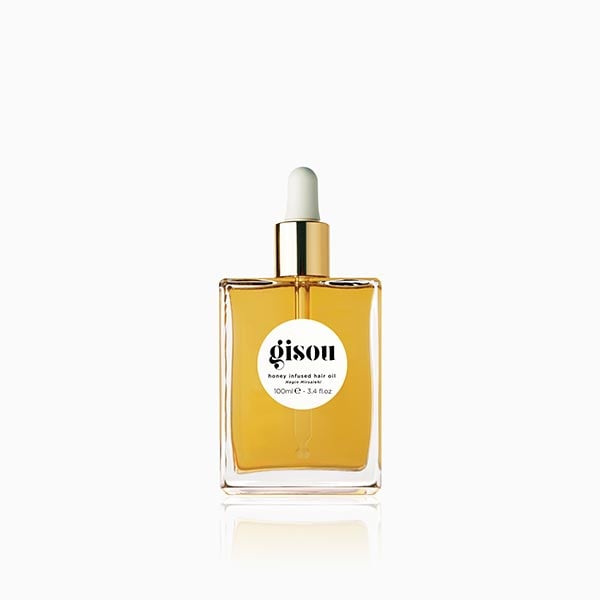Beepeeking with Negar Mirsalehi: Checklist for starting a new bee garden
Beepeeking at Gisou is all about giving you, our community, a peek inside the world of bees & beekeeping. As our Beekeeper-In-Chief, Negar Mirsalehi is excited to bring you along throughout the bee season!
"Summer is here, and we can see that our bee colonies are working hard. It's very important to check on the beehives regularly. This means looking after the queen and making sure the hive is healthy. We also need to ensure that the bees have enough room in the hive by adding more honey storage boxes when necessary.
Meanwhile, we are opening a second bee garden in a new location. All the preparatory work has been completed, and now our focus is on its growth and blossoming."

A new Mirsalehi bee garden
To further support bee welfare and our objective of spreading awareness about the importance of bees, we have opened a new bee garden this Bee Season.
Our initial step involved searching for a suitable location where our new bee colonies would thrive. Beehives can be kept in various settings, be it the countryside, city park, a garden nook, an open field, or even an urban rooftop. Bees very adaptable, but for optimal results, we suggest considering a few key factors when searching for a new bee garden.
Bee garden checklist
When considering a new bee garden, it's important to keep the following factors in mind:
1. Food and water sources for honey bees
A crucial aspect is ensuring the availability of good food and water sources. The closer these resources are, the less energy bees need to expend during foraging. Water is vital for their hydration and hive temperature regulation.
2. Sunlight
Most beekeepers would tell you that they've had healthier and more productive beehives in the sunlight, and we’ve experienced the same with our hives. Therefore, we recommend locating the beehives in a sunny spot. To maximize beehive productivity, position the hives facing southeast to benefit from the morning sun, which aids the bees in starting their day as soon as the sun rises.

3. Avoid high traffic areas
Bees feel less threatened when their surroundings are not constantly bustling with human activity. Avoid facing the hive towards areas with significant public traffic, such as sidewalks.
4. Check for pesticide usage in the area
It is essential to investigate and be aware of pesticide usage in the chosen location to ensure the well-being of the bees.
How to introduce bee colonies to a new location
Once you have decided on the new location, you can start introducing your bee colonies. The ideal time to do this is at night, avoiding leaving behind foraging bees. If there are bees lingering around the hive entrance, gently encourage them back inside using a smoker. Once inside, close the entrance, securely strap the hive, and move it to the new location.

After placing the hive in the new location, wait a few minutes before opening the entrance. This allows the bees time to adjust. Slowly reopen the entrance afterward. As we moved our hives 10 kilometers away, if you are moving a shorter distance, additional measures should be taken to ensure that the bees can find the hive at the new location and don’t return to the old one.
We are currently in the process of relocating bee colonies to our new garden. This allows the colonies to acclimate to the new surroundings, enabling growth and foraging throughout the remainder of bee season!
Stay tuned for more news on our new bee garden!
Want to learn more about bees and beekeeping? Take our free Bee Learning Course!















